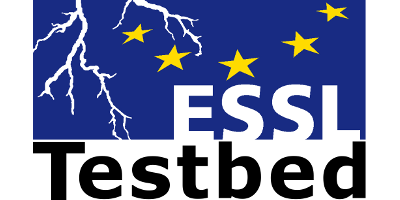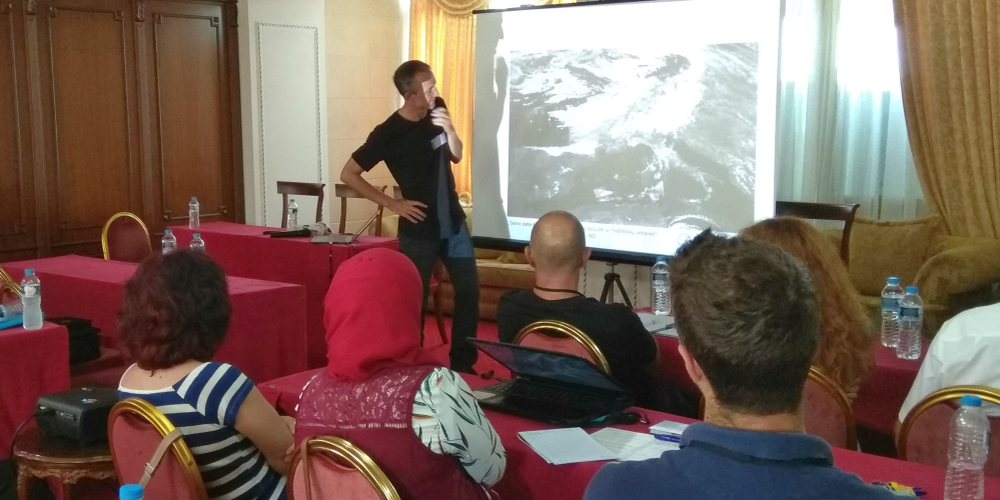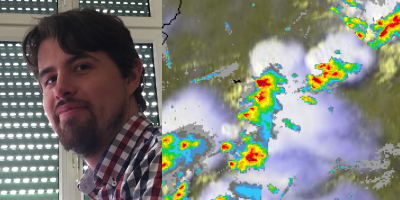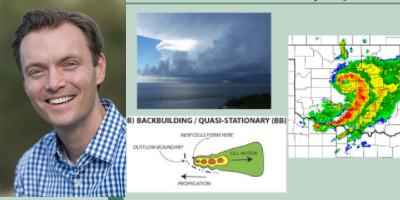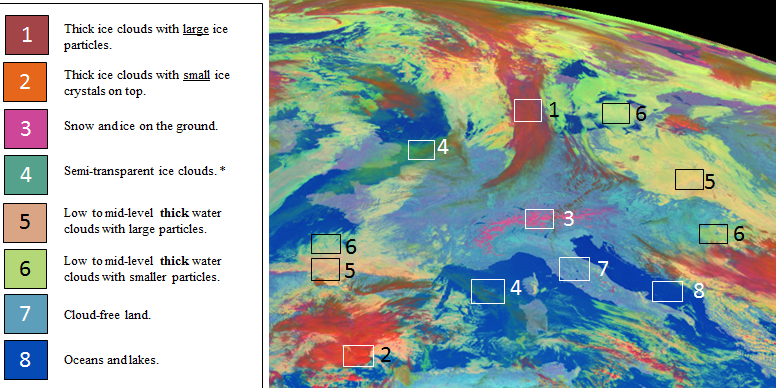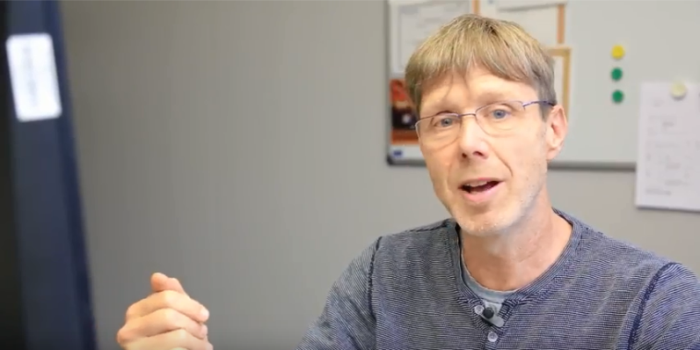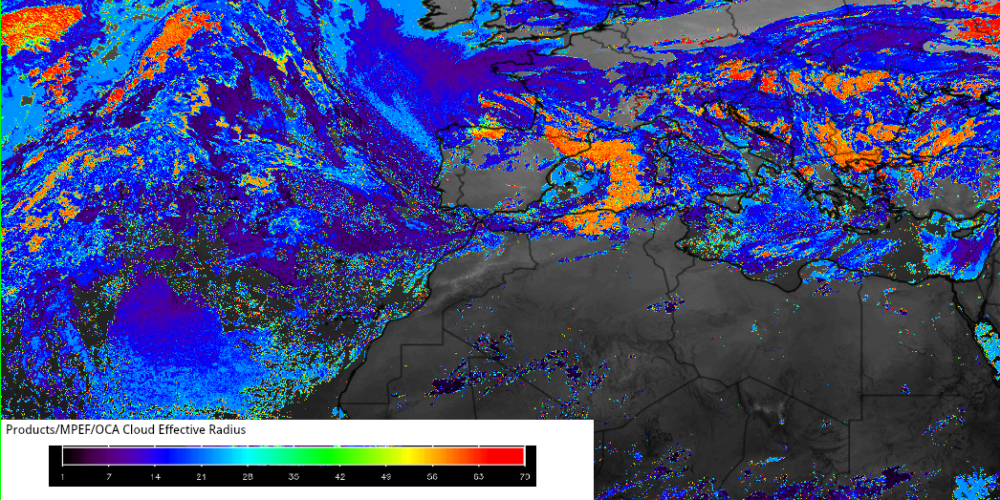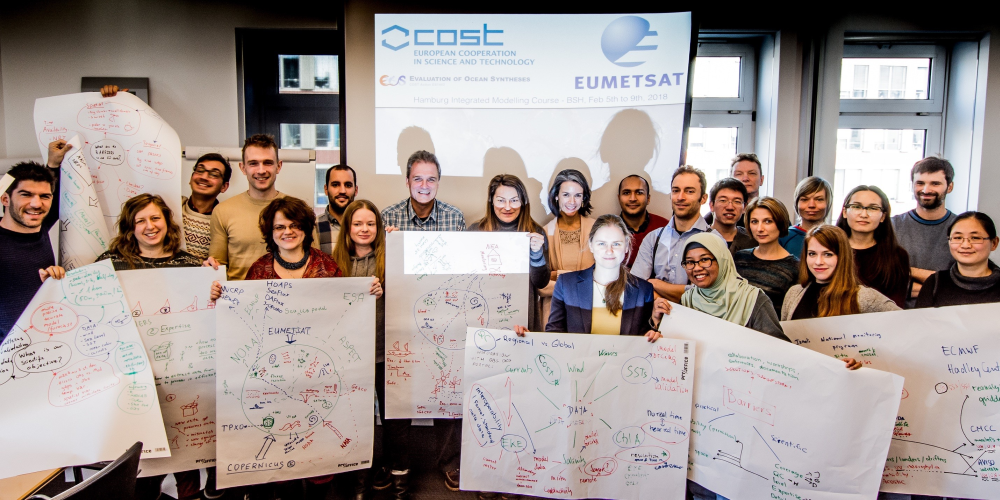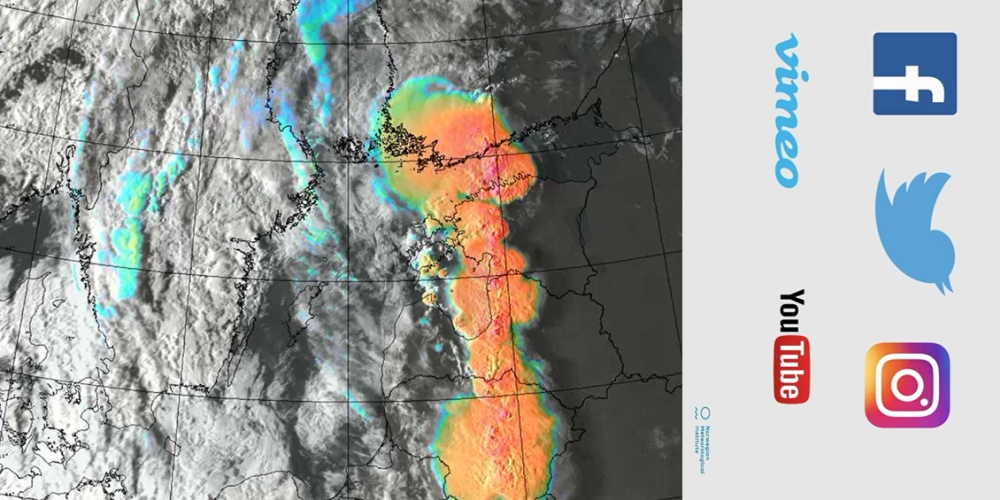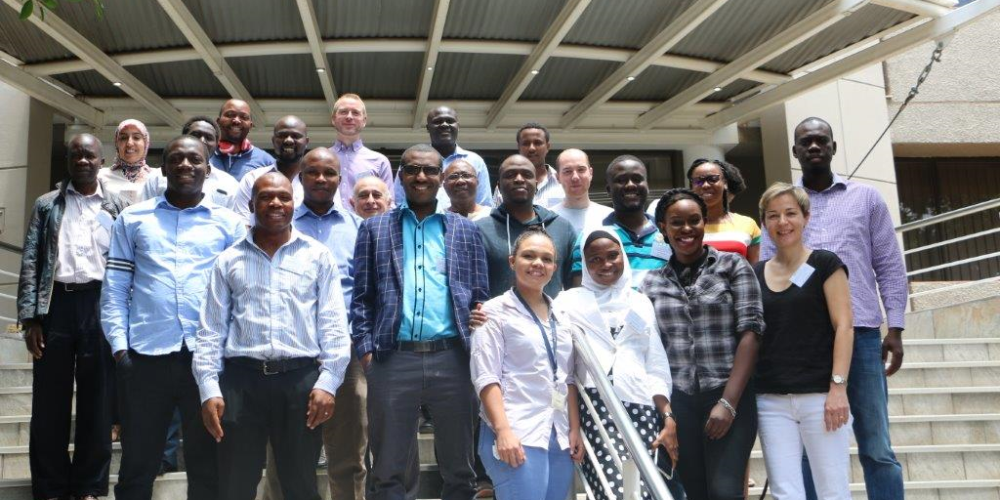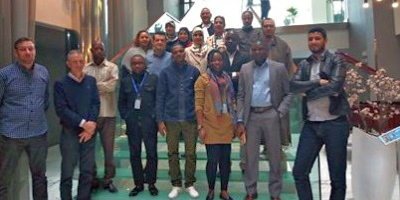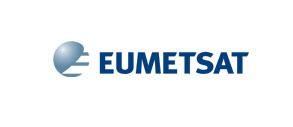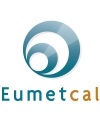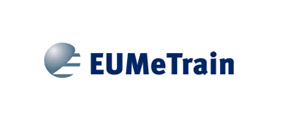
Eumetcal Workshop 2018
Tentatively 28 – 30 August 2018 / Riga, LatviaThe Eumetcal Workshop 2018 will be held during the last week of August in Riga, Latvia. This year’s workshop will focus on sharing and exploring how NHMSs organise the training for their operational forecasters, it will also address latest practices in training development and delivery. The workshop is aimed at trainers and training managers at NMHSs and will provide an opportunity to meet and discuss the latest training issues within this community. A more concrete outline of the workshop programme will be available at the end of April, when the registration and abstract submissions will be open at: https://eumetcal.eu/. The workshop will include a lot of group work and discussions, and also presentations and other type of activities.


